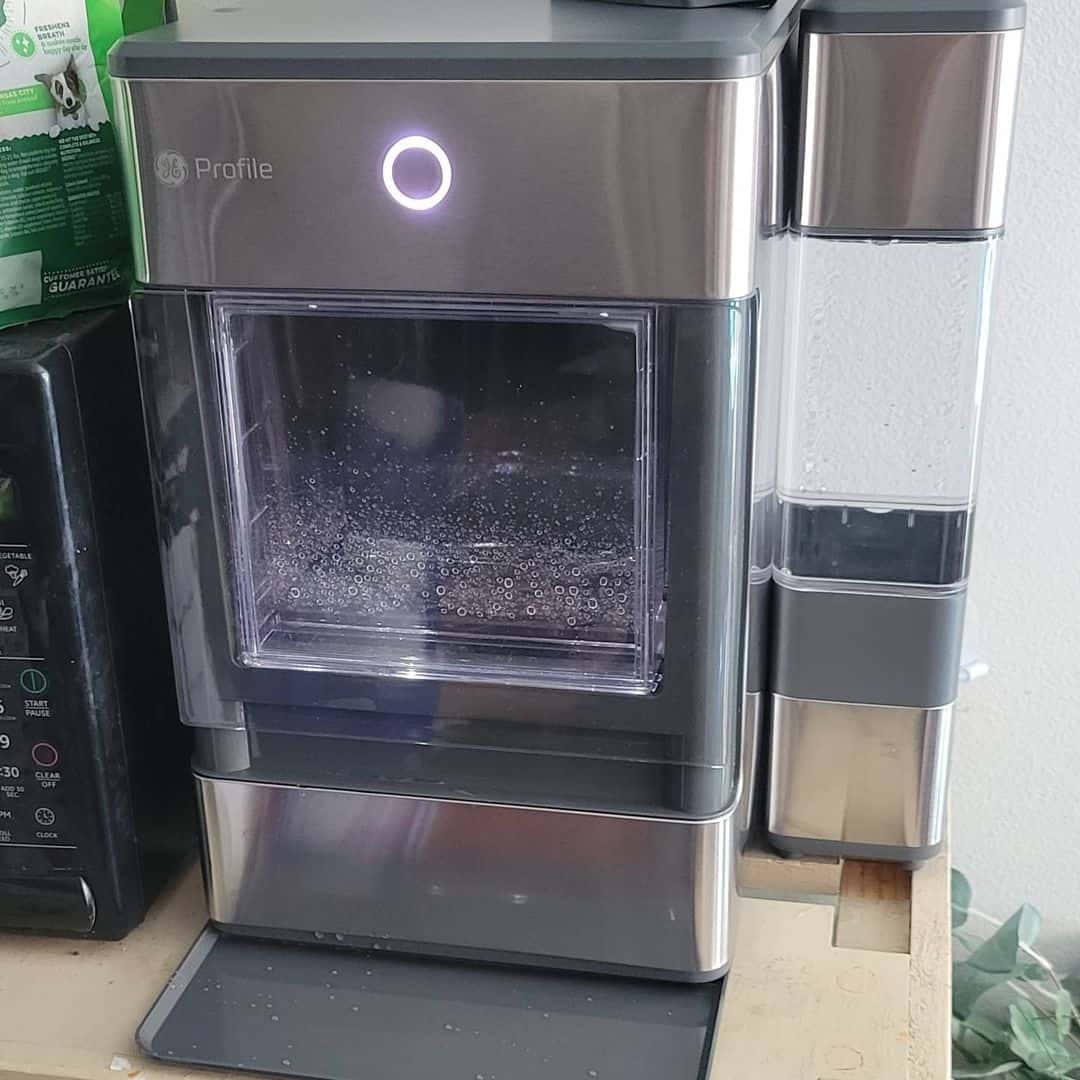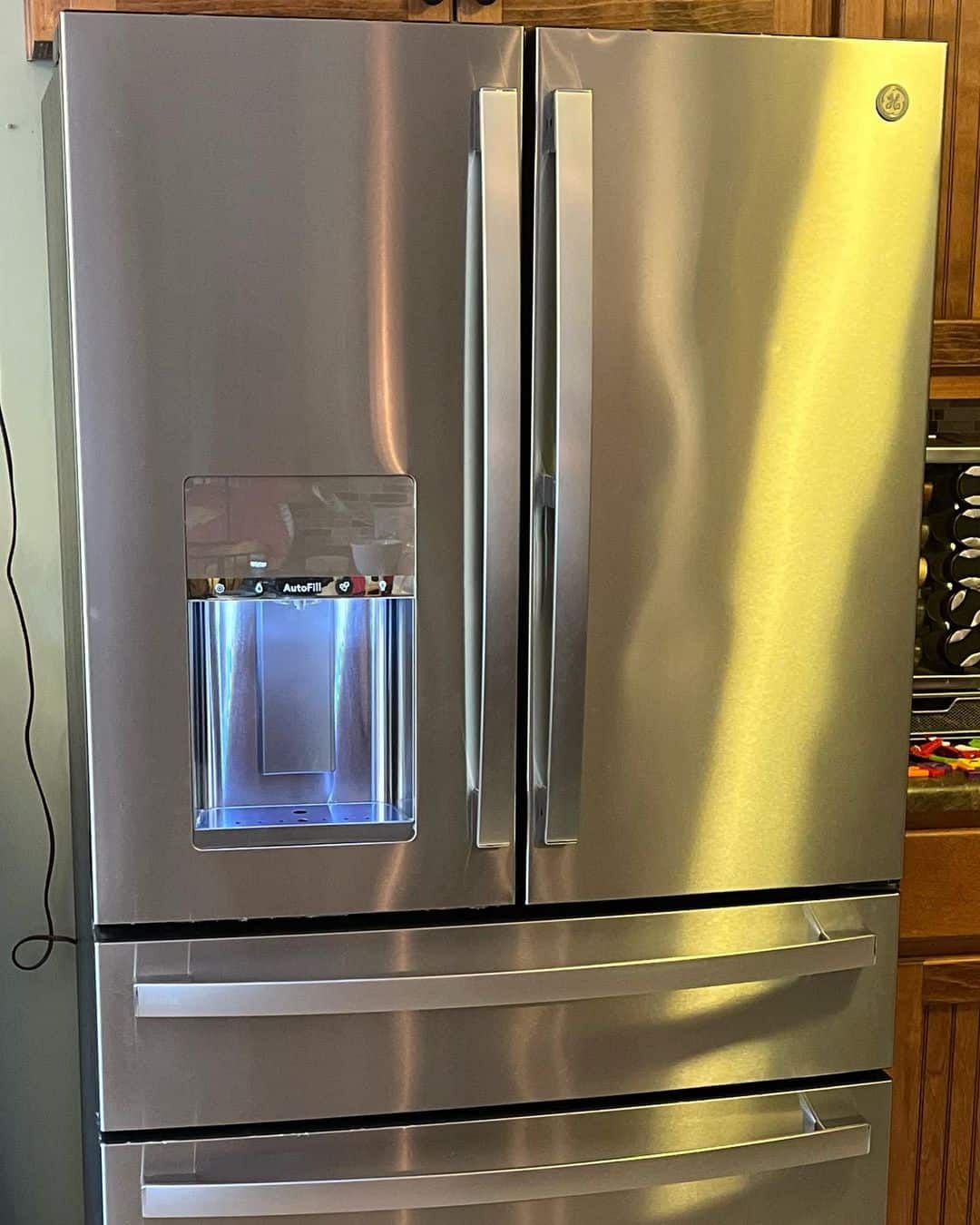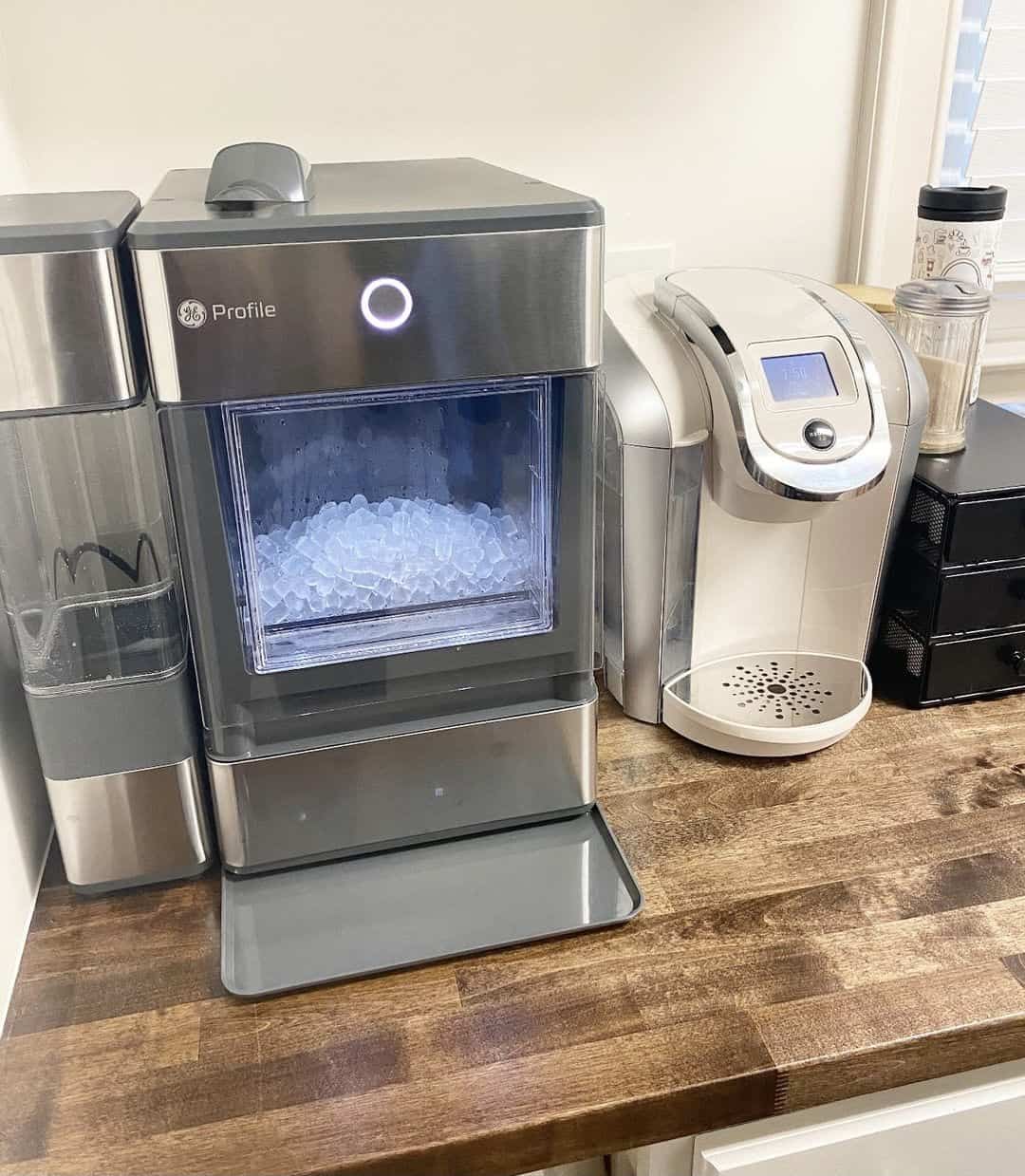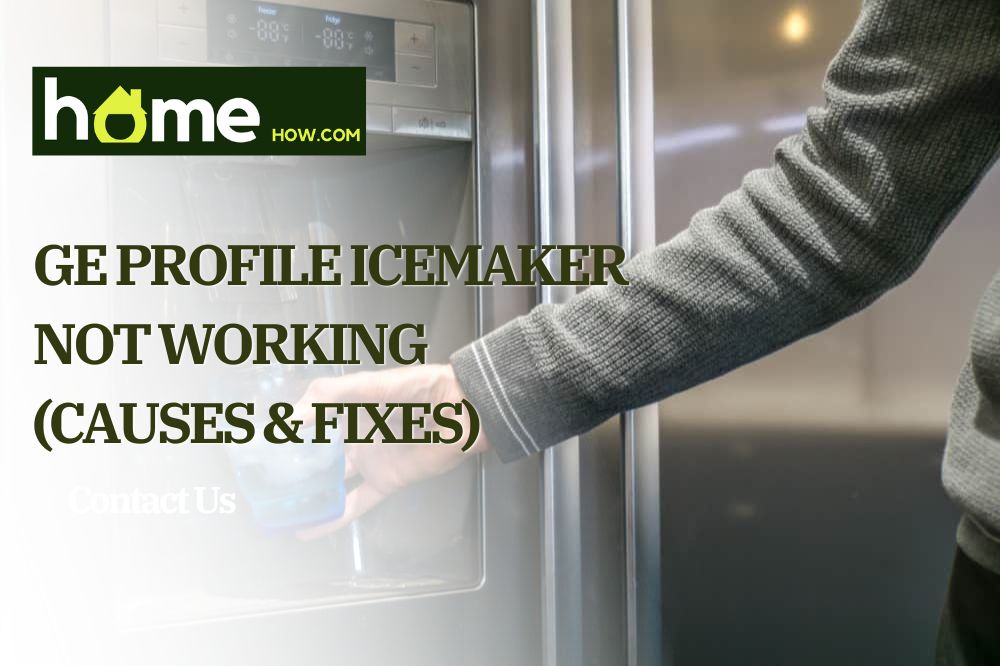General electric refrigerators are one of the most famous and popular on the market. The vast array of refrigerators produced by General Electric is among their many well-known products.
However, there is some debate around the GE refrigerator models now available on the market because some consumers claim that the automatic ice maker is occasionally unreliable.
We must understand that these appliances need some components and maintenance to work 100%. Also, we must do a check regularly to see that everything is in perfect condition.
In this article, we will address the most common problems why your ice maker stops and what measures we must take to repair this problem.
Common Problems With GE Icemaker Not Working
1. Ice maker off
It is an obvious answer to the question of why my refrigerator has stopped making ice automatically. But many times the simplest and most obvious answers are the indicated reason why something has stopped working.
Often, you will prefer to solve it yourself before paying money unnecessarily rather than calling the technical service.
Check that the power button for the ice maker is on. You will usually find that most GE models have the power button on the wall of the freezer, near the one on the ice maker.
There is also the possibility that even though the button is turned on, the ice machine is not working. This is due to two reasons. The refrigerator plug is disconnected or a household circuit breaker has blown due to a power surge.
This also happens when the power has gone out and suddenly comes back on. The electrical charge is strong and you may have blown one of your fuses.
Review all options and verify that the ice maker button is on.
2. Check if you have a diagnostic function
Once you are sure that the ice maker is on and your refrigerator is in optimal condition, the best option is to check if your GE refrigerator model has the diagnostic function.
This function allows you to know what is failing in the supply line so that the ice does not come out. This is a solution only for those people who are careful to keep the manuals of their appliances since you will have to refer to the manual to understand how to operate the diagnostic option of your GE refrigerator ice maker.
This feature is very useful for everyone who has it, as it allows you to go directly to the problem instead of wasting time trying different solutions to fix your fridge.
3. Reset the ice maker function

This is the last measure that ensures that none of the external components of the ice factory are damaged or worn.
If your ice maker works after resetting it, that’s good news, as you won’t have to change anything.
To reset the ice maker you just have to find the reset button or restart the machine from the command control in the same refrigerator.
If you are not familiar with the reset option, you can look up how to activate it in the refrigerator’s manual.
Other models have a hole to be able to insert a pin and thus restart the ice maker. See how to do it with your GE refrigerator model.
4. Disconnection in the refrigerator water line
The only ingredient that your ice maker needs to make ice is water. If the ice maker is not making ice, one of the main factors is some type of obstruction or disconnection of the conduits through which water should enter.
The disconnected water line or the clogged inlet valve is one of the main reasons why the water does not enter. Here we tell you how you should solve it.
To connect the water line:
- Turn off the ice maker and unplug all electrical connections to your refrigerator.
- Check that your water line is in good condition and connected.
- If the water line is disconnected, you have to reset it to the inlet valve.
- Reset all connections, turn on the ice maker, and check if it works.
If you have a clogged inlet valve:
- Unplug all electrical connections to the refrigerator.
- Locate the inlet valve and remove it.
- Using an old toothbrush and cleaning products, unclog the valve and clean it of any debris and dirt that may have accumulated over time.
- Reconnect the valve and electrical connections to your refrigerator.
- Turn it on and check if it works or not.
5. Low water pressure
A constant water supply with a pressure of at least 20 psi (pounds of water pressure per square inch) is necessary.
The lack of pressure is due to several reasons: the valve may be clogged with mineral residue, there is a hole in one of the connectors, or the water pressure in your home is very low.
As long as the problem is in the inlet valve, in the hose that supplies water, or in a dirty filter, it has a solution.
The only condition for not being able to fix it yourself is that the water pressure is very low in your house. If that is the case, you should contact the company that provides you with drinking water services to report your case and see what can be done.
But for a clogged valve or a hose with holes, there is a solution. You just have to clean the valve and change the hose or the water filter for a new one.
If you want you can also get a manometer to measure the water pressure in your house and thus clear up doubts.
6. Replace the water filter
Many people don’t know that the refrigerator water filter needs to be replaced every six months. In several GE models, the refrigerators have a sensor that will stop the ice maker if it detects that the water filter is damaged or needs replacement.
Once you have replaced the water filter, you must flush the entire system with water. Otherwise, air may be trapped and this will cause your refrigerator to not make ice correctly.
7. Check the mechanical or feeler arm

The mechanical arms begin to fail whenever an internal bearing has broken. To get out of doubt, check that your mechanical link is off and check that all the springs are in perfect working order. If that’s not the case, just change the springs.
8. Calibrate the refrigerator temperature
Most GE refrigerators need a temperature of 37 degrees Fahrenheit to function properly.
The freezer needs to be at 0 degrees Fahrenheit and the ice machine will start making ice at 13 degrees Fahrenheit.
Check and if necessary adjust the temperature of your refrigerator. A refrigerator that by itself begins to heat up is due to bad condenser coils or clogged with debris. The only solution is to give maintenance or change them if they are in very bad condition.
It is also possible to damage the thermostat. Your refrigerator won’t be able to maintain a consistent temperature if your thermostat is broken.
Finally, check that the refrigerator door is closing well. Some coolers lose grip as they age. There is also the possibility that you are simply closing the refrigerator wrong and this causes a lot of cold air to escape, not being able to make ice as a consequence.
Few people know that ice makers may not work properly if there isn’t enough food in your freezer.
The freezer needs to have things in it to calibrate the temperature. So try to fill the freezer with some purchases, such as meats, ice cream, or frozen fruit.
If you don’t need to buy anything or don’t want to go to the supermarket to shop, you can fill a jug or two with water and put it in the freezer so you can lower the temperature of your GE icemaker.
9. Stuck ice cubes

Another of the most common reasons why our ice maker stops working is because the ejector rake in charge of ejecting the ice has been damaged or is not ejecting all the ice from the bucket.
If this happens, over time you will have several cubes stuck in the mold and if you can’t get them out, the machine will not make new cubes as it thinks you still have enough ice cubes stored.
Replacing the ejector rake and cleaning the ice mods with a vinegar and water solution will get rid of the ice that has built up on the edges.
Conclusion
GE refrigerators are well recognized worldwide and were one of the first to launch refrigerators with ice makers on the market.
But ice maker technology doesn’t last forever. These are delicate functions that need periodic maintenance and replacement of some of their parts.
Check every six months all the components of your ice cream factory and make sure that everything is in good condition. You can go through the steps in this article again every time you go to inspect your refrigerator.
